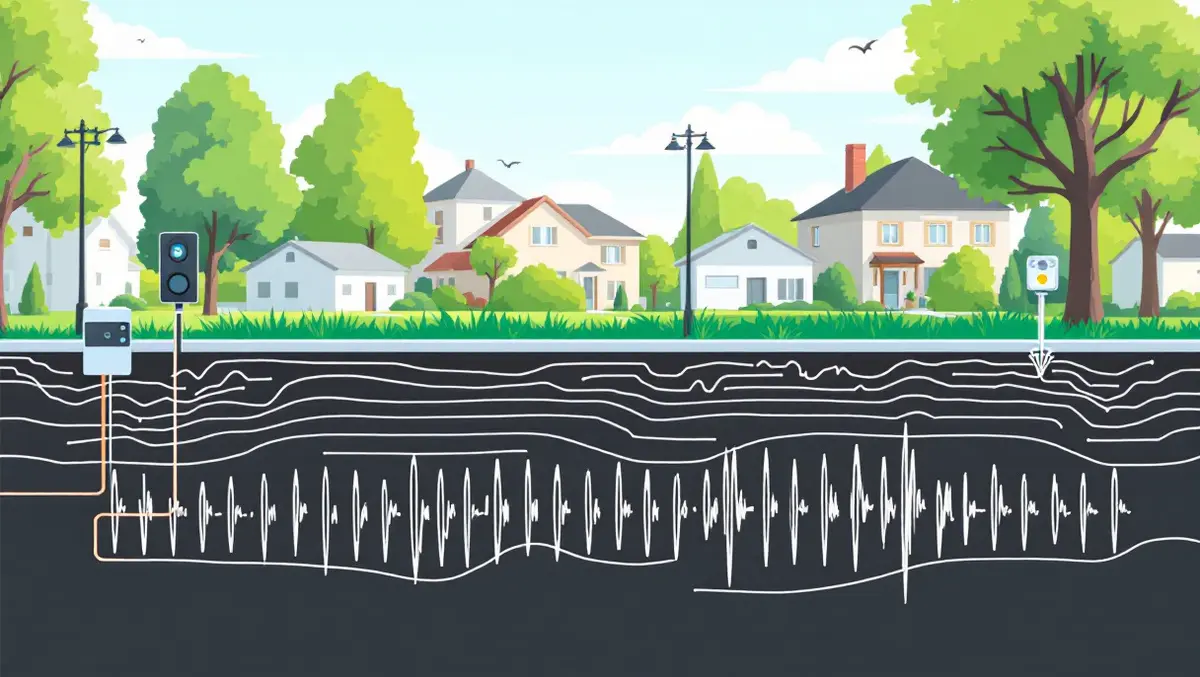
Wellington researchers pioneer low-cost earthquake alert system
Researchers from Te Kunenga ki Pūrehuroa Massey University have successfully trialled a decentralised, low-cost Earthquake Early Warning System (EEWS) in Wellington.
The project, led by Dr Chanthujan Chandrakumar during his doctoral studies at the CRISiSLab within Massey University's Joint Centre for Disaster Research, is described as the first real-time trial of a community-based EEWS in New Zealand, and the first global demonstration of a decentralised, community-engaged EEWS.
Aotearoa New Zealand is recognised as one of the world's most seismically active regions, yet there is currently no official early warning system in place. Dr Chandrakumar noted his surprise at this absence, stating that the initiative demonstrates a significant step forward.
Dr Chandrakumar explained, "Unlike traditional national systems that rely on expensive equipment and centralised data processing, this innovative system utilises low-cost Micro-Electro-Mechanical Systems (MEMS) sensors hosted by local volunteers.
"Each sensor independently detects seismic activity and issues alerts, eliminating the delay of central processing and allowing for faster local responses, which could ultimately reduce devastation and potentially save lives," he explains.
The EEWS operates using two specific algorithms tailored to New Zealand. The first, NZ-PLUM, is an adaptation of Japan's PLUM algorithm to fit New Zealand's Modified Mercalli Intensity (MMI) scale. This algorithm focuses on detecting damaging Secondary (S) waves, which are slower, higher-amplitude seismic waves that cause the most shaking and damage during earthquakes.
The second algorithm, NZ-PLUM-P, uses data from Primary (P) waves. P-waves typically arrive before S-waves and usually cause minimal shaking. NZ-PLUM-P aims to predict the intensity of the upcoming S-waves, allowing alerts to be issued earlier and thus increasing the window available for protective action.
The combined use of both algorithms provides what Dr Chandrakumar describes as a dual-layered approach, enhancing both the system's responsiveness and accuracy.
During a three-month trial in Wellington, the EEWS demonstrated its capacity to accurately detect all significant earthquakes that occurred over the period. NZ-PLUM-P consistently provided faster alerts than NZ-PLUM. The system did record a small number of false alerts, which were mainly attributed to the early-detection nature of NZ-PLUM-P, but these remained within what the researchers consider acceptable limits for operational use.
Dr Chandrakumar noted the study also highlighted the advantages of a decentralised alerting model, showing that locally-generated alerts can rival the performance of centralised systems while reducing both infrastructure and operating costs.
An essential element of the project is its focus on community engagement. Dr Chandrakumar said, "Local volunteers not only hosted the sensors, but also played a vital role in maintaining the system. This participatory model fosters trust, awareness and preparedness at the community level, key elements for resilience in disaster-prone regions," he says.
The cost and scalability implications are significant, particularly for countries with restricted resources. Many regions around the world find national-level EEWSs prohibitively expensive. Dr Chandrakumar believes this approach offers a viable alternative: "It's a solution tailored not just to New Zealand but to vulnerable communities globally," he says.
The increasing risks posed by climate change and urbanisation add further urgency to earthquake preparedness. Dr Chandrakumar indicated that with appropriate maintenance and continued community involvement, both the number and quality of sensors can be scaled up across New Zealand.
"This kind of network could significantly enhance coverage and act as a valuable support to a future national EEW system implemented by the government. Similar low-cost EEW networks are already in place in other countries to complement their national systems. There's no reason New Zealand couldn't do the same. This research proves it's possible," he says.
The outcomes of the research have been detailed in a paper published in Seismological Research Letters. The project team included supervision from Associate Professor Raj Prasanna, Dr Caroline Holden, Dr Max Stephens, and Dr Marion Tan.


